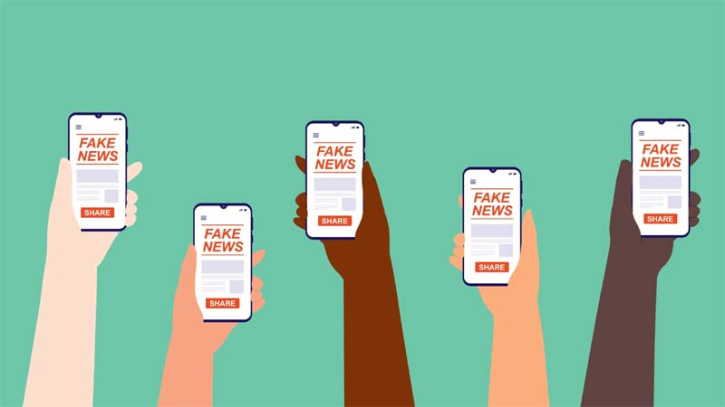How to Identify Fake News

Fake news and rumours have existed on the internet for some time. However, the extensive reach of the World Wide Web and social media has significantly amplified the spread of false information. This phenomenon is evident in Bangladesh’s current unrest and many other parts of the world.
In this article, we will discuss some strategies for verifying incorrect or misleading information that may be disguised as 'serious content.'
Rely on Trustworthy Sources: Ensuring that the news comes from a reliable source makes it much easier to avoid misinformation. When you come across new information, first check whether it originates from a credible news outlet. Established news organisations have rigorous fact-checking processes, and their gatekeeping is reliable. A significant error would be dangerous for a reputable organisation or brand, making the publication of completely false news unlikely.
This principle applies not only to news but also to social media posts. Avoid sharing a Facebook group status or any other information without verifying it. Cross-check the information with multiple trustworthy news sources.
Beware of Fraudsters: In the world of fake news, fraudulent content, websites, and accounts are prevalent. These sources often mimic well-known news organisations to spread misinformation. They may use similar URLs or names to deceive readers.
If you suspect such a source, first verify the name and spelling of the news outlet and examine the quality and nature of the news published through that channel. This helps determine whether the source is trustworthy.
Seek Help from Fact-Checkers: Numerous websites and social media pages specialise in fact-checking and uncovering the truth behind fake news. They explain what type of news is circulating online and clarify the real story. Sometimes, old photos or videos are re-captioned to seem like current news. These fact-checking platforms address such issues.
Verify If It's Old Wine in a New Bottle: Often, outdated videos or reels are circulated online. While the video or reel itself may be authentic, it does not prove that the accompanying caption is accurate. The content might be from a different time or place.
In such cases, remain politically aware and use your critical thinking skills before sharing information in your profile or inbox. Always cross-check with multiple reliable sources.
Be Cautious of Deepfakes: Artificial intelligence has advanced to the point where it can create highly realistic deepfake images, videos, or audio clips. These technologies can convincingly manipulate appearances and voices.
While deepfakes are becoming more sophisticated, there are still ways to detect them. Check if the number of fingers or the smoothness of the skin in a video looks correct. Verify the consistency between the audio and video and whether lip movements match the speech. Using online deepfake detectors can also help, but staying vigilant and consistently relying on credible sources remains essential.
 (5).png)








